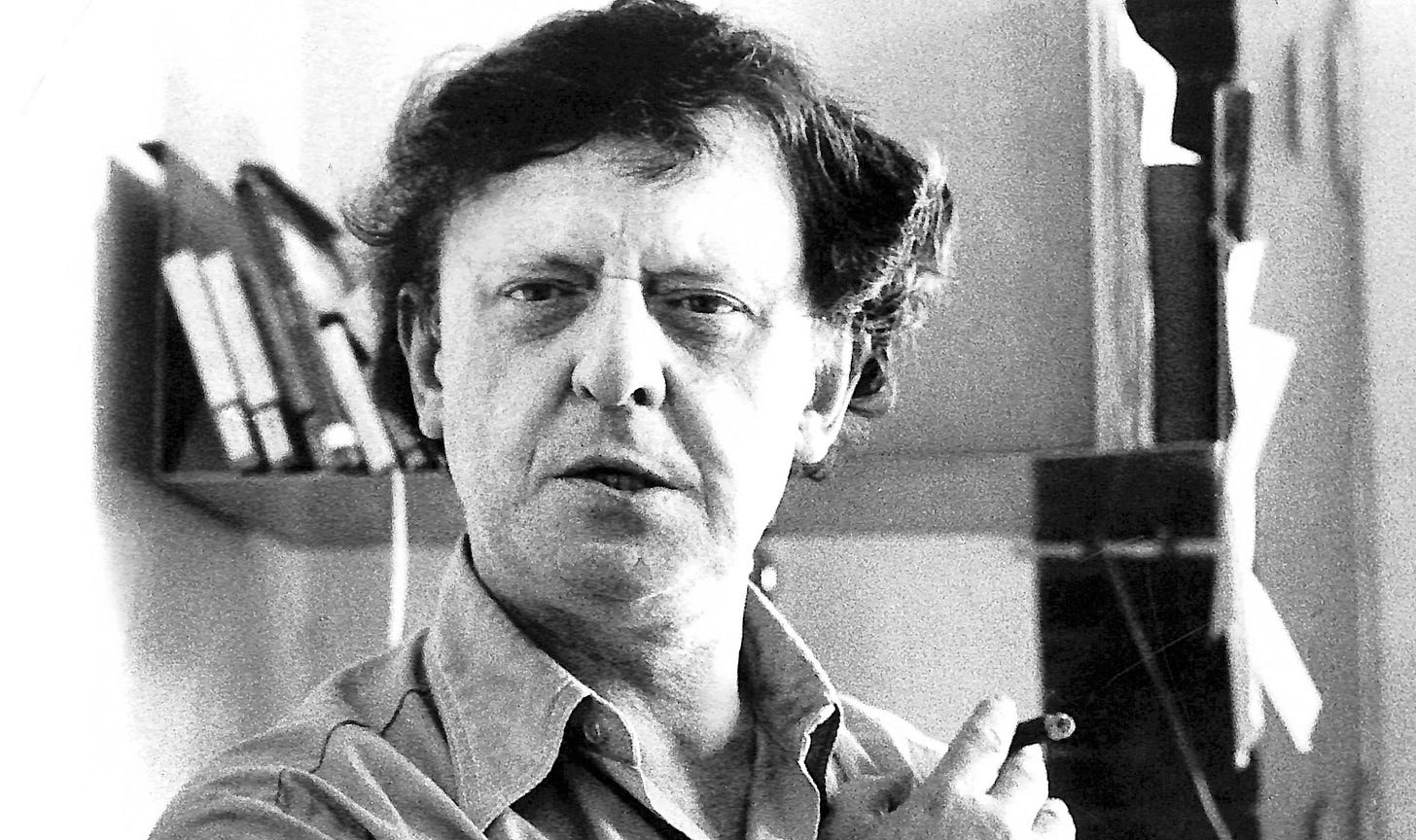Anthony Burgess for Beginners
We're going back to basics to tell you why Anthony Burgess matters.
Here at the Burgess Foundation, we are immersed in the world of Anthony Burgess. We revel in finding out small details about his life and career, we scour the archive for previously unknown facts and we have dedicated ourselves to bringing previously unpublished writing into print.
We sometimes forget that, because of the sheer number of books he published, Burgess can be quite a daunting figure. But don’t worry, we’re here to help ease you into the world of Burgess.
Burgess was born John Burgess Wilson in Harpurhey, Manchester in 1917, to a father who played piano in pubs and silent cinemas around the city, and a mother who was a singer and dancer in the music hall. He grew up in the Miles Platting and Moss Side areas of Manchester, and attended Xaverian College and the University of Manchester, where he studied English Literature. He left Manchester in 1940, when he was drafted into the Royal Army Medical Corps. Later in the war he transferred to the Army Educational Corps and served in Gibraltar.
After the war he became a school teacher, primarily in Banbury, Oxfordshire where he completed drafts of his first novels: A Vision of Battlements, which drew on his army experiences in Gibraltar, and The Worm and the Ring, which satirised his life as a teacher. These novels were eventually published in the 1960s.
In 1954, Burgess signed up to the Colonial Service, teaching school children in Malaya and Brunei. This proved to be the start of his career as a novelist. His first published novel, Time for a Tiger, was released in 1956, and in the years that followed he published two more volumes, The Enemy in the Blanket (1958) and Beds in the East (1959), making up The Malayan Trilogy.
On his return from Brunei, he became a full time novelist and journalist, going on to write 33 novels, 25 books of non-fiction and over 250 pieces of music. He left Britain in 1968, and spent the rest of his life living in places such as Malta, Italy, the United States, France, and Monaco. His fiction varied widely in genre, from his famous dystopias, to comic masterpieces, satire, experimental fiction, biographical novels, historical fiction, and novels in verse. He died in November 1993.
To help understand Burgess’s diverse range of fiction, we have prepared a podcast episode that goes back to basics. Our intention is to provide a roadmap to Burgess’s writing, to demystify some of the themes and preoccupations of his novels. We are aware that the first experience of Burgess that many people have is through his 1962 novel A Clockwork Orange. This episode of the podcast begins with his most famous novel exploring its contexts and influences and, ultimately, giving some ideas about what to read next.
In this episode, we explore Burgess’s career from start to finish, focusing on elements such as his love of Shakespeare, the influence of James Joyce on his work, and how his travels around the world inspired his writing. Though it is designed for beginners, even the hardiest Burgess fan may find some new information, or discover books that they have yet to read.
This episode also presents recordings from the Burgess Foundation’s audio collection, and features Burgess reading from novels such as A Clockwork Orange, Nothing Like the Sun and Napoleon Symphony. There is also the opportunity to hear Burgess reflecting on his career and talking about his experiences of living in Colonial Malaya.
The Burgess Foundation Podcast explores Anthony Burgess’s life and work through thematic discussions and interviews with writers, literature experts, and other people who have encountered Burgess and his work in different contexts.
You can subscribe to the Burgess Foundation Podcast wherever you usually get your podcasts. Listen to this podcast below or on your audio platform of choice (including, but not limited to Apple Podcasts / Soundcloud / Spotify / YouTube), or stream below.




